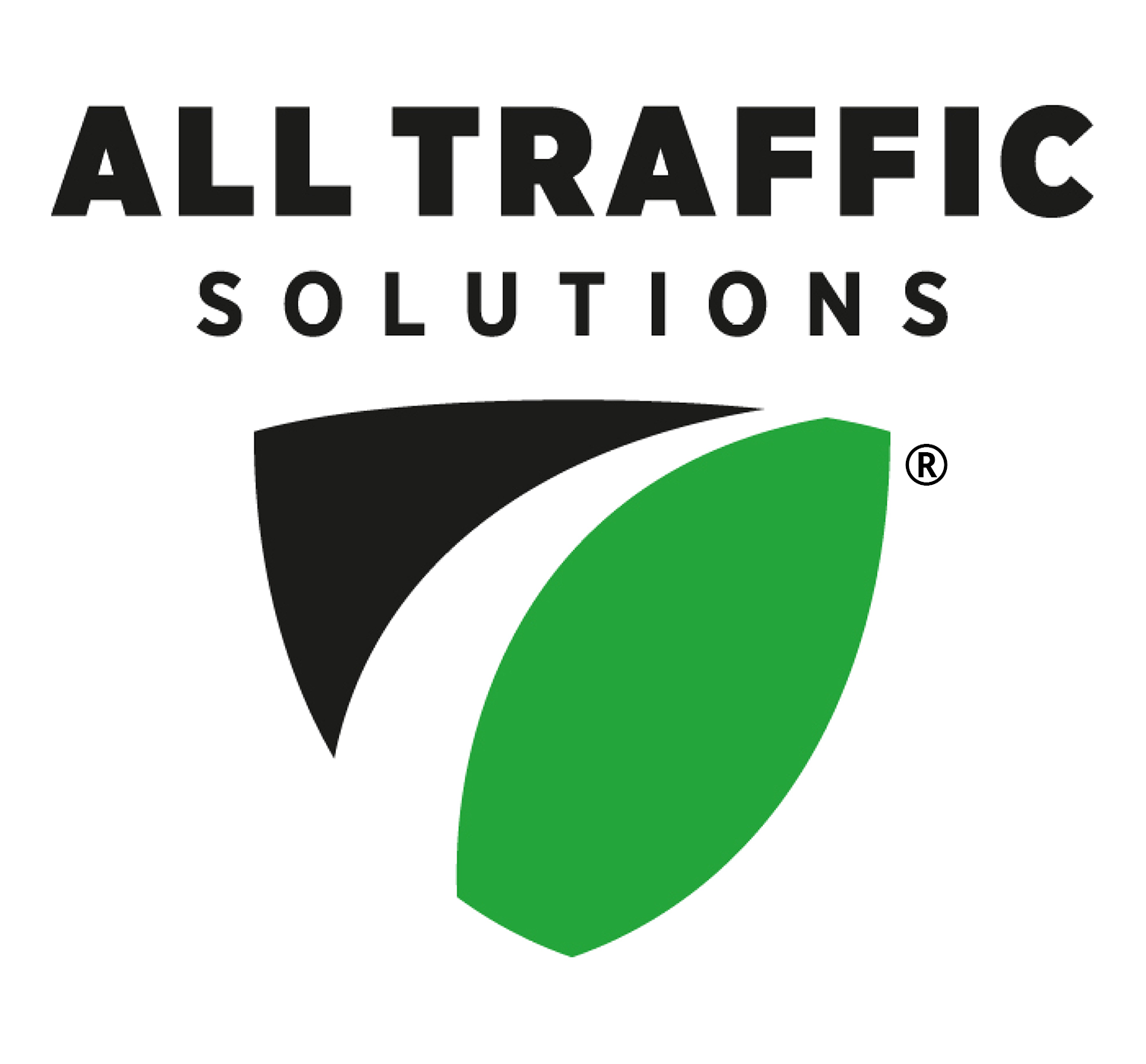By Andrew Nusca – Sep 9, 2010
There is nothing a police chief wants more than eyes everywhere.
Now, “intelligent” traffic signs promise to make the dream a reality.
State College, Penn.-based All Traffic Solutions is working hard to bring real-time data to your local roadway. Its pitch to the law enforcement crowd: with two-way wireless communication, you can use data collected by traffic signs — you know, the ones that tell drivers their speed, or that an accident is ahead — to shift personnel or adjust traffic patterns to accommodate for jams, avoid accidents and remedy speeding offenses.
Better still, local officials can share data with other towns to offer more context to their particular situation — whether for fire or emergency medical teams, schools or traffic engineers.
I spoke with All Traffic VP Scott Johnson and Dale Calder, CEO of Axeda – the company behind the cloud-based connectivity platform that makes it all happen — about why they think smart devices will make our cities run more smoothly
SmartPlanet: What does real-time data bring to city or town officials?
SJ: We live primarily in traffic safety. It’s an equipment-intensive business; it’s a data-intensive business. Historically, it doesn’t really match what we’ve lived in the consumer section, with GPS and all that. This leap helps us supply that to the professional world.
The products [we offer] are radar-speed displays, variable message signs, imaging systems. You can’t really drive down the road without seeing them. We’ve combined that product with software, so that all of the products benefit from being accessed on this connective platform. Each one of them serves as a super sensor that extends the awareness of our customers so that everybody has access to this, wherever they are. It cuts down on friction.
It’s not just about data collection anymore. It’s about the two-way communication between the equipment that’s out in the field and the user base, the stakeholders. It could be collecting basic traffic data — speed, volume, law violations for enforcement purposes — but it’s also allowing the equipment to communicate directly with those who maintain it.
The customer doesn’t need to babysit the equipment out in the field. They can tell it when they want to be notified — for security, or battery, or a high violation. It’s not looking at historical information. “Yesterday” is reactive. Having better trending information that can be used for planning purposes? That’s proactive.
It’s also a much better communication tool — this mountain of information doesn’t help us if we can’t filter it down to what’s useful and actionable. We provide tools for that. We can also make a public portal, a forward-facing portal to help answer questions for the public before they’re raised.
SmartPlanet: Most local governments are strapped for cash. Why do officials in Podunk, U.S.A. need real-time data?
SJ: One of the cool things about it is that it doesn’t just help big cities. New York City has an intelligence system that is just fantastic, and they have an army of people to use it and maintain it. What our solution brings to the party is something that’s out of the box, for mid-market or mainstream America.
We’ve really absorbed the complexity of utility-level technologies. As long as they have power and an Internet connection, they’ve got a fully networked platform that they can implement anywhere.
For example, someone might say, “Wow, we’ve got a significant slow down at mile marker 12.” [With our technology] you know that immediately. You can deploy the equipment and move it in different seasons. You’re not stuck with the sunk cost of permanent fixtures.
It’s been used in towns as little as 3,500 people. Some of those towns bear the brunt of through traffic, so their traffic issues can be disproportionate to their size. But it can go up to several hundred thousand [in population].
That’s the size [of community] that’s been so difficult to get a system to scale down to that level. Law enforcement, public works, traffic engineering, emergency management.
City, township, state.
SmartPlanet: Dale, how do you convince customers that this is the future?
DC: If you think about these “smart planet” initiatives, 20 years ago, you’d hire some big industrial conglomerate to do everything for you, soup to nuts. In a small town, you’d throw one of these things in; it’s acting as something of a de facto traffic management system. In a larger town, you don’t have to hire someone to wire everything together. These things are starting to expose behavior.
Not is it just relevant to main street America, these types of common things right now are becoming a part of a smarter world. They’re being built into systems into open and standard ways. Now it’s starting to automate things — traffic management, or dispatching a police officer to a scene.
Because this thing’s built on our platform, our cloud services, you can use all the standard web services APIs, with proper security credentials, of course.
The other thing is [that] you can coordinate with the private system. It leverages open standards.
SmartPlanet: And Scott? How do you sell them on the cloud?
SJ: For us, it was a specific strategic decision to move online. Moving out to the cloud, it gives us better control over the more complicated portions of the information, the technology string. We’re technology swamped. You can’t absorb new features. They’ve got to get simpler to use.
You’re using traffic speeds to influence where you want to redirect traffic to. Some cities say, “There are 20 minutes until Exit 13.” You can also say, “We’d recommend an alternate route,” to ease pressure on traffic.
The other thing is to take advantage of the single portal of utilizing all their equipment. One example is the Federal Highway Administration’s push to combine two previously unrelated functions — traffic safety and broader criminal suppression. We’ve got a browser-based mapping tool where you can manage your location and drill down into the reporting, but also integrate with crime data, and layer these things on a map to get insights that you would not [normally] be able to get.
Everybody’s got all these miscellaneous pieces of equipment, but it’s only now starting to gel, so you don’t have to redo the same work 10 times.
SmartPlanet: With the promise of a gradually smarter infrastructure.
DC: Right. I’ve seen some writings from industry guys that say, well, one thing talks to another. The reality is, that’s not how it works.
These devices we see out there start to become cloud-based services. The people or businesses that end up coordinate activities are almost like the app developers sitting on top of your iPhone.
I see the same sort of thing happening with these devices. Unto themselves, they’re interesting. But as part of a larger scale strategy, the person who has a real interest in maximizing the value of their data, they start to take advantage of it. Now you have the real kind of smart cities thing.
As you start seeing the whole smart planet initiative take hold, that’s how it will take hold — one smart, enabled device at a time, laying the foundation for emergent behavior to occur. These things now become a building block in a new world.
My whole business is to make that sort of stuff happen. All the common household things we see every day are simply programmable elements to have more [intelligence]] tomorrow. All we have to do is make them programmable.
SJ: There are benefits to the collective intelligence from this technology, too. What’s our volume growth rate on our main arterial road compared to everybody else? But there’s also collective intelligence to us, the manufacturer. To be able to see real time how our customers are using our products in real time. We’ll be able to identify those who are most successful and recommend peer connections.
The mile-high view. The epiphany we came to was adopting the web-based nature as a standard.
DC: Exactly. It’s not so much that things can talk; it’s that you can actually listen to what they say and do something about it. The magic is in listening to them and leveraging that stuff you hear to improve people’s lives.
Direct all media inquiries to:
Lori Miles
All Traffic Solutions Marketing Manager
Calder Square, PO Box 10085
State College, PA 16805-0085
814-237-9005 Ext. 205
lmiles@alltrafficsolutions.com






